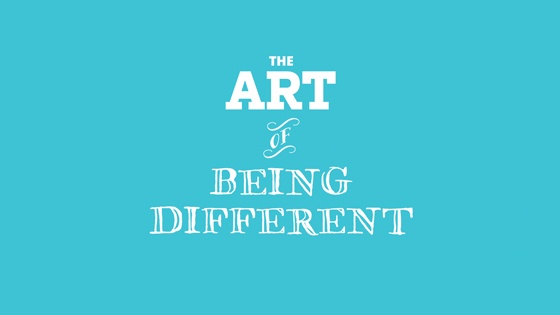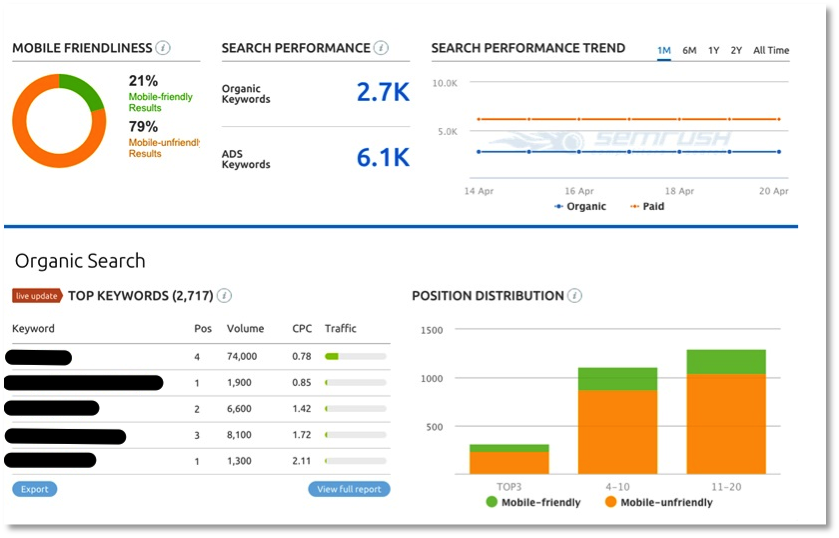Why Many Inbound Marketing Efforts Fail—And What it Really Takes to Be Successful

Two thirds of B2B marketers say content is fuel across all channels. Yet, are most businesses creating content that attracts new business and delivers positive ROI? Odds are no. Here’s why—and what to do about it.
According to HubSpot’s State of Inbound report, inbound marketing delivers 54% more leads into the marketing funnel than traditional outbound marketing. It’s also true that using inbound tactics saves an average of 13% in overall cost per lead.
It seems like a no-brainer to get aggressive with inbound, right? Yet, many businesses and marketers struggle to get off the ground—and fail to see meaningful results from their programs.
That’s because inbound marketing campaigns are…involved, to say the least. In my experience, creating a meaningful inbound campaign requires a minimum of 120 man hours spread across the following touchpoints:
- A mid-funnel gated asset
- A mid-bottom funnel gated asset
- Campaign-centric blog posts
- Social content
- Announcement email to contacts
- Workflow emails
- Landing pages
- Call-to-action images
That’s a lot of plates spinning at any given time—and that’s a minimum investment for an inbound campaign. My hunch is, the volume of content required for a campaign is why many marketers start off with great intentions when it comes to inbound, yet struggle to live up to their own expectations or ideals.
Download Our Ebook: "The Future of B2B Marketing" and Better Align Your Inbound Process
Why Many Inbound Marketing Campaigns Fall Short
One reason that inbound campaigns fail to live up to expectations is that they are simply incomplete. Busy, budget-limited, or resource-strapped marketers fail to consider every potential touchpoint in the user journey, leaving critical gaps in the content journey to purchase.
The explosion of digital content, social networks and personalized technology killed the traditional linear buyer journey and replaced it with a new chaotic and (seemingly) random journey.
From The Future of B2B Marketing in A Self-Driven World
Incomplete content journeys result in limited inbound potential—meaning, fewer opportunities to attract, convert, and nurture potential customers wherever they are in the journey to purchase.
Another reason that inbound campaigns fail is that marketers often favor speed to market over quality—meaning, they do not do the hard work of refining and vetting content during production which leads to subpar, uninteresting, and forgettable digital content that does little to position the brand favorably. Content for the sake of content is a game that repels potential customers rather than attract them.
61% of consumers say they feel better about a company that delivers custom content, and are more likely to buy from that company.
CMO’S Attitudes Toward Custom Content; The Content Council
Or still, and possibly worse of all, aggressive marketers do not thoughtfully determine and document the strategy behind an inbound campaign—which results in content that does not return positive ROI on spend and efforts, and fails to attract, convert or nurture potential customers.
It’s easy to identify why many inbound campaigns fail.
But what does it actually take to implement a successful, meaningful inbound marketing campaign that results in new customers to the business?
Identify Business Goals
Often, inbound marketers start with the content. “We need to create an ebook about X this quarter. Or, we should put together an infographic about Y. Or, we should be do a webinar about Z.” While all well-intentioned, this is the wrong place to start.
Building a successful inbound campaign starts by identifying the business objectives that will focus all your efforts. Where does the business need to grow next quarter? To achieve this growth, how many new customers do we need to sign? Is there a priority to upsell existing customers to help achieve this goal?
Asking these questions alongside business leaders will identify the 30,000 ft. view of the theme for your inbound campaign. This means you know where to start.
Build A Campaign Strategy
Inbound marketing isn’t about creating lots of content and crossing your fingers. It’s about creating the right content at the right time to help specific people solve specific problems or have significant experiences.
This means that inbound marketers must be strategy architects.
Building a campaign strategy is the process of matching business goals to persona needs. With your 30,000 ft. view theme in focus, ask yourself the following questions:
- What persona is affected by this theme?
- Under this theme, what core problems is the persona trying to solve?
- What is the decision matrix for the persona on this theme?
- What prevents the persona from solving this problem?
- What value-add conversations can we have about this topic?
- How can we give advice or help the persona solve these problems?
Asking and thoughtfully answering these questions enables you to refine your 30,000 ft. view of the theme into a large-list of related topics. But, you’re not done yet.
Research to Refine Your Campaign Strategy
With a large-list of campaign topics at hand, it’s time to start trimming the fat to get to your actual strategy. This requires a few different types of research.
- Persona Research. This is the process of asking how your persona is trying to find the information you want to share now. How are they consuming content? Where are they spending time online? What types of content do they prefer?
- Keyword Research. Rather than performing keyword research on the campaign theme, perform it on your large-list of topics. This will enable you to uncover opportunities to attract new potential customers via organic opportunities or paid channels.
- Competitive Research. It’s also a good idea to take your list of topics and search them online. This reveals if the topic is too saturated, or if there’s opportunity to position your content effectively to gain market share.
The research phase should result in a final list of the topics that you want to speak to during your campaign and where you’ll speak about those topics (i.e., on-site blog, third-party site, events, social, etc.).
Map Content to The User Journey
The final phase of inbound campaign strategy development is mapping those refined campaign topics against your customer journey to identify your finalized content strategy.
Based on where a topic falls within the decision matrix, how should the content be packaged? For example, is the persona looking for quick tips while in the initial phases of the decision matrix? If so, offering a slideshare or blog post is a good way to reach them. Are they further into the research phase of the decision process? If so, a gated whitepaper or ebook is a strong and natural offer.
This is also where you want to thoughtfully consider your lead nurturing strategy (rather than treating it like an afterthought). Based on where leads are in the decision matrix, how and when will you follow-up? Document this process at the strategy phase to deliver cohesiveness to your campaign experience.
Companies that excel at lead nurturing generate 50% more sales ready leads at 33% lower cost. Forrester Research via HubSpot
By creating a variety of content across the user journey spectrum all related to your campaign theme, you’ll maximize your potential to attract, convert and nurture potential customers.
Move Beyond Marketing
This is the art of inbound content strategy—identifying real needs and questions that our potential customer is asking, then determining how (and when) we will provide answers.
Achieving inbound marketing success requires a strong inbound content strategy as well as an aggressive lead nurturing and sales strategy. To do this well, today’s marketing and sales teams must play together to take full advantage of inbound campaigns. To learn how the best B2B marketers are applying inbound principles to maximize their marketing efforts, download our ebook The Future of B2B Marketing in a Self-Driven World.

